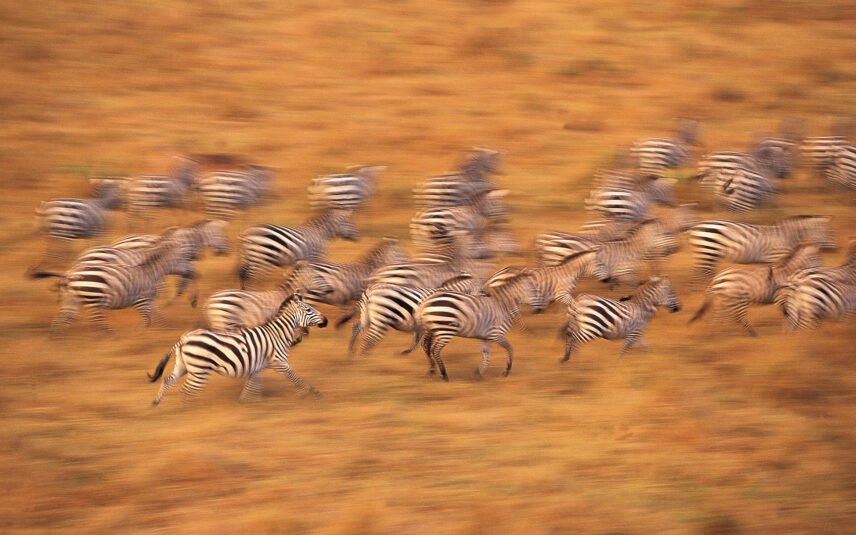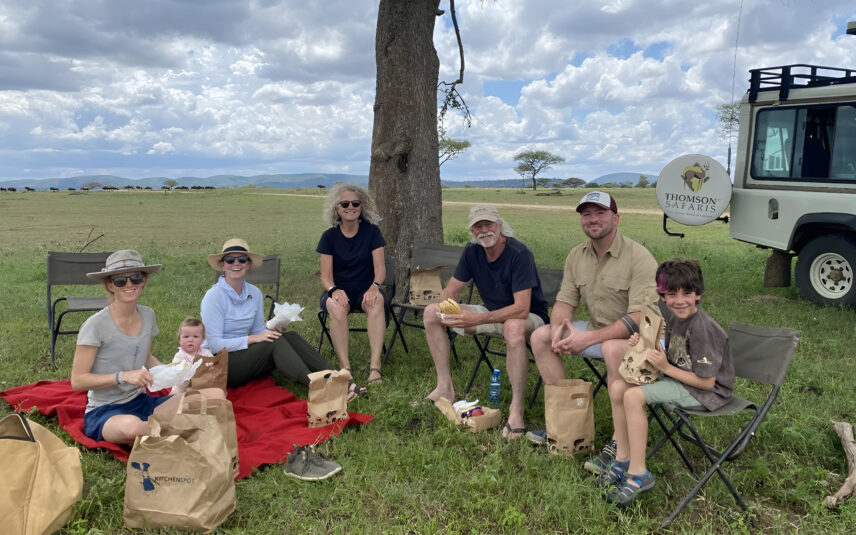
Jan 25, 2023
3 Generations, 10 Family Members: How the Thomson Founders Safari with Family
Floating in a hot-air balloon above the Serengeti was Haden’s fantasy. He’s the seven-year-old grandson of Rick and Judi, founders of Thomson Safaris. While he knew a lot about…
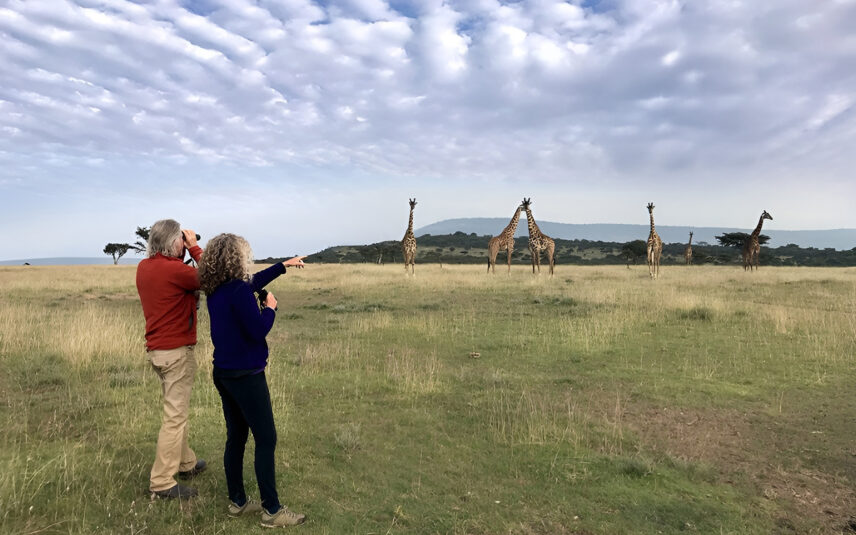
Jul 21, 2021
40 Years of Sustainable Travel
From the beginning, our founders Rick Thomson and Judi Wineland believed that tourism should be a force for good. Eco-friendly practices and a commitment to bringing high-paying, stable jobs…
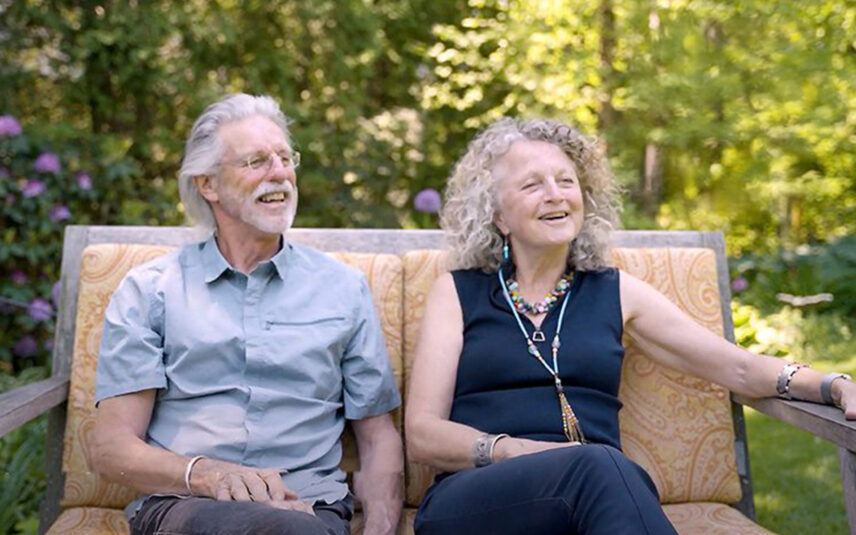
Jul 01, 2021
Thomson Co-Founders Reminisce on the Dawn of Adventure Travel
In celebration of Thomson’s fortieth anniversary, we sat down with Thomson co-founders Rick and Judi to hear stories from the early days of their careers, and how those formative…
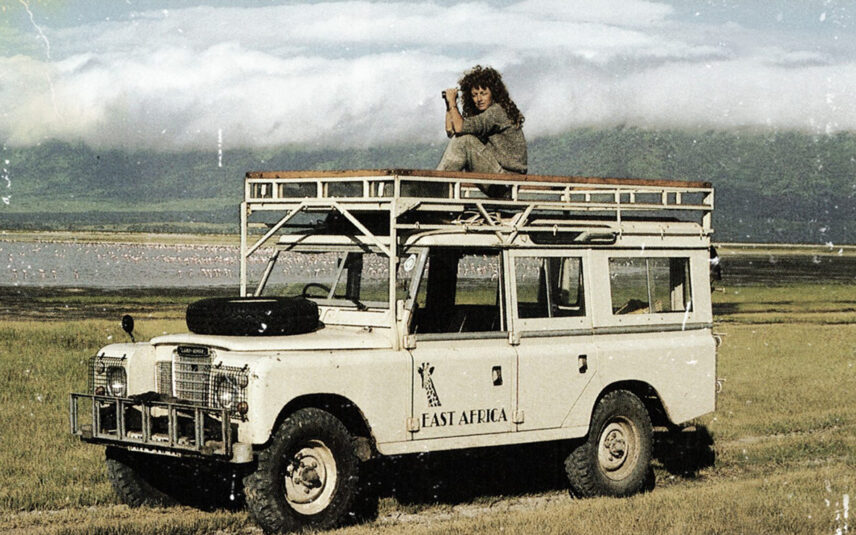
Jun 07, 2021
What was a Thomson Safari like 40 years ago?
Campfire meals, tiny A-frame tents and gargantuan trucks: these were the facts of life for visitors to Tanzania in the 1980s, when safari travel was in its infancy. Even though…
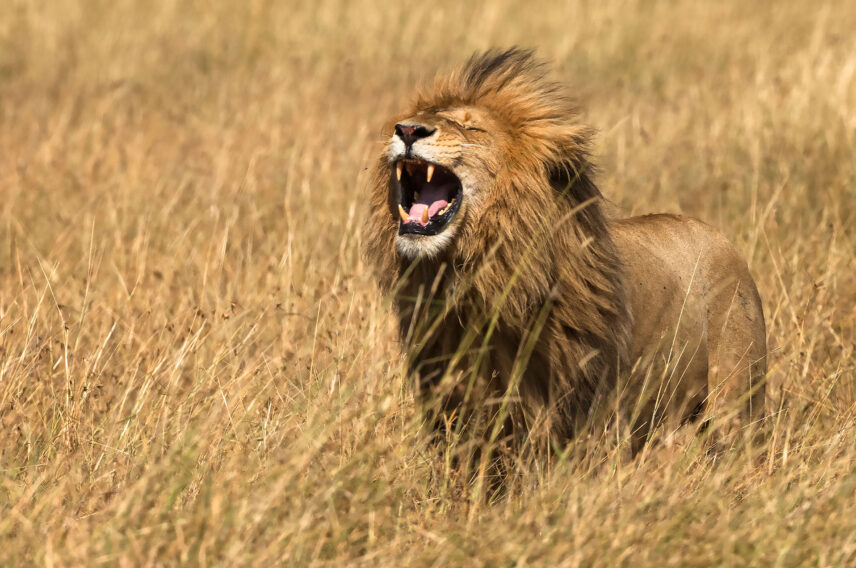
Jun 19, 2019
Safari Animal Calls with Thomson Guides
Lions don’t just roar. And forget what you’ve heard about laughing hyenas. It’s more common for these nocturnal predators to make a different sort of noise. After a few years…
